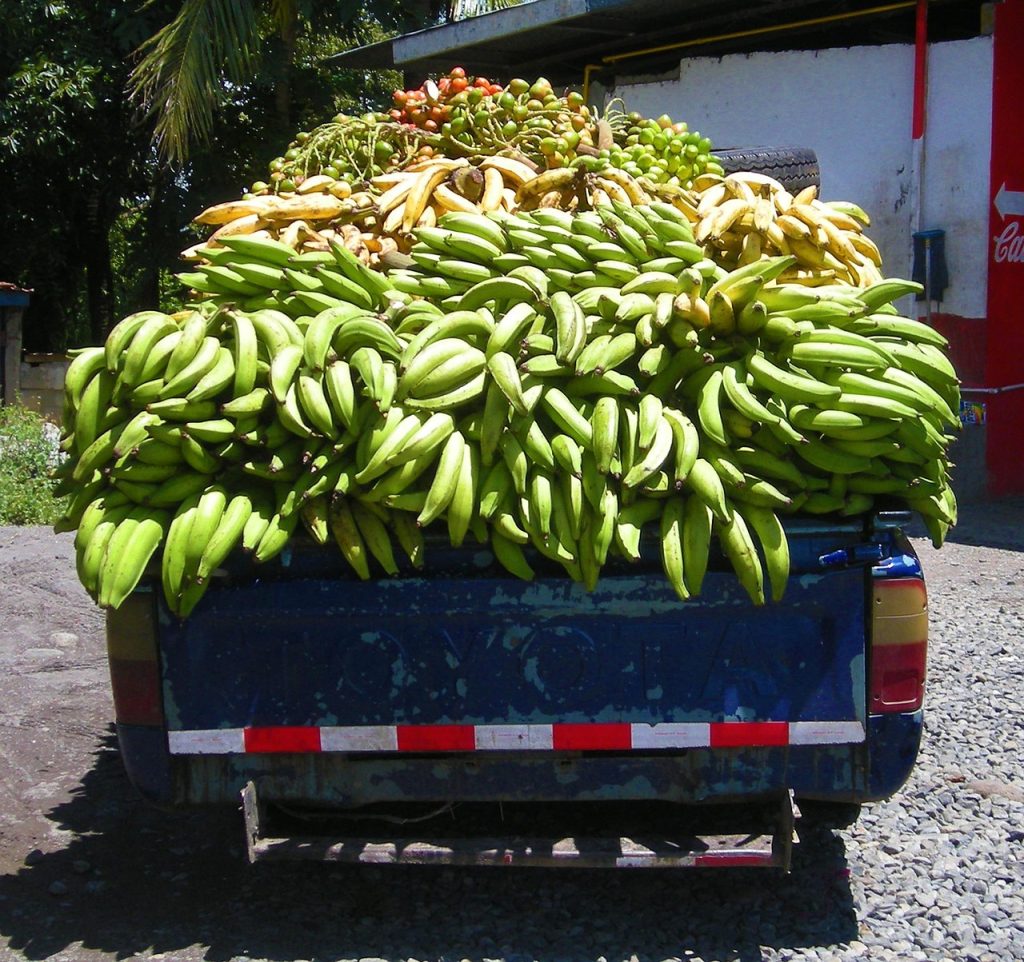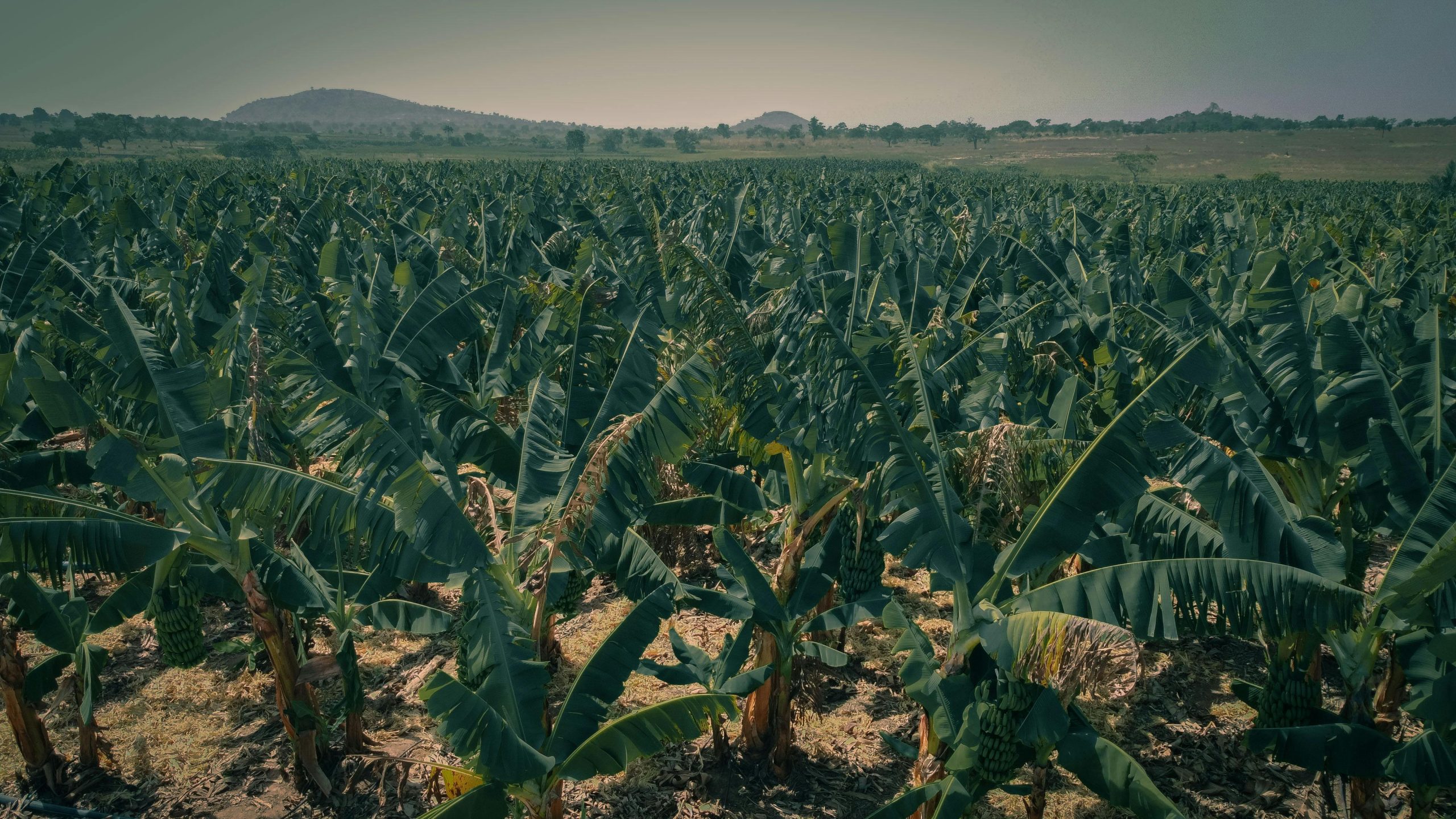Plantain Plantation: A Path to Sustainable Agriculture and Economic Growth
Plantain farming is a thriving agricultural venture that plays a pivotal role in food security, job creation, and economic development, particularly in tropical regions. As a versatile and highly nutritious crop, plantains are a staple food for millions of people and a significant source of income for farmers. In this post, we explore the essentials of plantain plantation, from preparation to harvest, and why it is an excellent investment for sustainable agriculture.
Understanding Plantains
Plantains, often referred to as cooking bananas, belong to the Musa genus and thrive in warm, humid climates with well-drained soils. Unlike dessert bananas, plantains are starchy and typically consumed cooked. They are a rich source of carbohydrates, vitamins, and minerals, making them a valuable food crop.
Steps to Establish a Successful Plantain Plantation
- Site Selection: Plantains require fertile, loamy soils with good drainage and a pH between 5.5 and 7.5. Choose a location with access to sunlight and minimal exposure to strong winds.
- Land Preparation: Clear the land of weeds, stumps, and debris. Plow and harrow the soil to improve aeration and root penetration. Incorporate organic fertilizer or compost to enhance soil fertility.
- Planting: Use healthy suckers or tissue-cultured plantlets. Plant them at a spacing of 2-3 meters to allow proper growth and sunlight penetration. Ensure the planting hole is deep enough to accommodate the roots.
- Irrigation and Water Management: Plantains require consistent moisture, especially during the dry season. Drip or sprinkler irrigation systems are ideal for maintaining optimal soil moisture levels.
- Fertilization: Apply organic fertilizers, such as compost or manure, to enrich the soil. Supplement with nitrogen, phosphorus, and potassium (NPK) fertilizers as needed to promote growth and yield.
- Weed Control and Mulching: Keep the plantation weed-free to reduce competition for nutrients. Mulching with plant residues or organic materials helps retain soil moisture, suppress weeds, and regulate soil temperature.
- Pest and Disease Management: Monitor the plantation for pests such as banana weevils and diseases like black sigatoka. Use integrated pest management techniques, including biological control and organic treatments.
- Harvesting: Plantains are ready for harvest 8-10 months after planting. Harvest the bunches when the fruits are mature and green for optimal quality.
Benefits of Plantain Farming
- Economic Potential: Plantains are in high demand, both locally and internationally, providing farmers with a reliable source of income.
- Sustainability: Plantains grow well with organic inputs, promoting eco-friendly farming practices.
- Food Security: As a staple crop, plantains contribute significantly to reducing hunger and malnutrition.
- By-Products: Plantain farming generates useful by-products such as peels for animal feed and leaves for packaging or mulch.
Conclusion
Plantain farming is a rewarding agricultural venture with vast economic and social benefits. By adopting sustainable practices, farmers can maximize their yields, protect the environment, and contribute to food security. Whether you are an experienced farmer or a newcomer, investing in a plantain plantation is a step toward agricultural innovation and prosperity.
Featured Image: A lush plantain plantation showcasing healthy plants, rich green foliage, and young plantain bunches forming.


